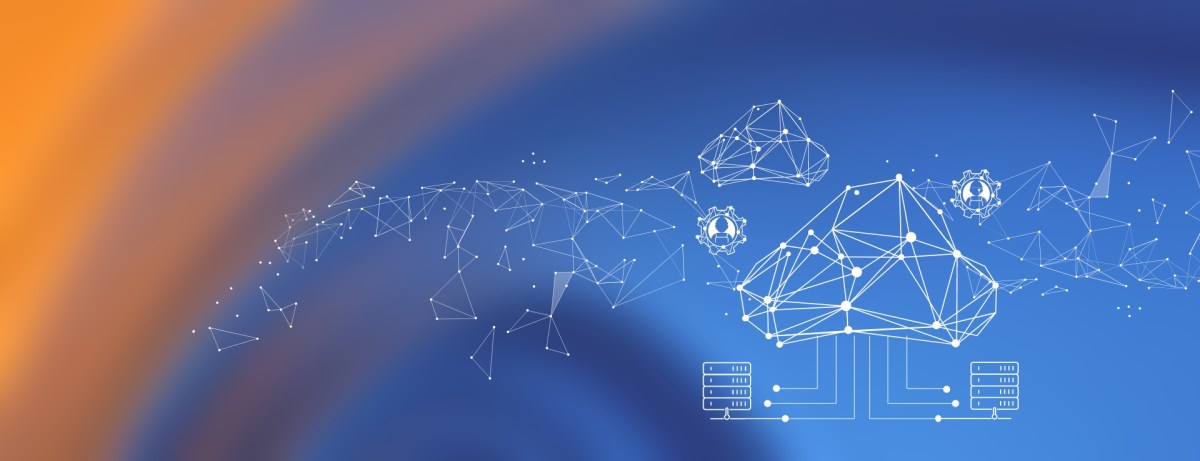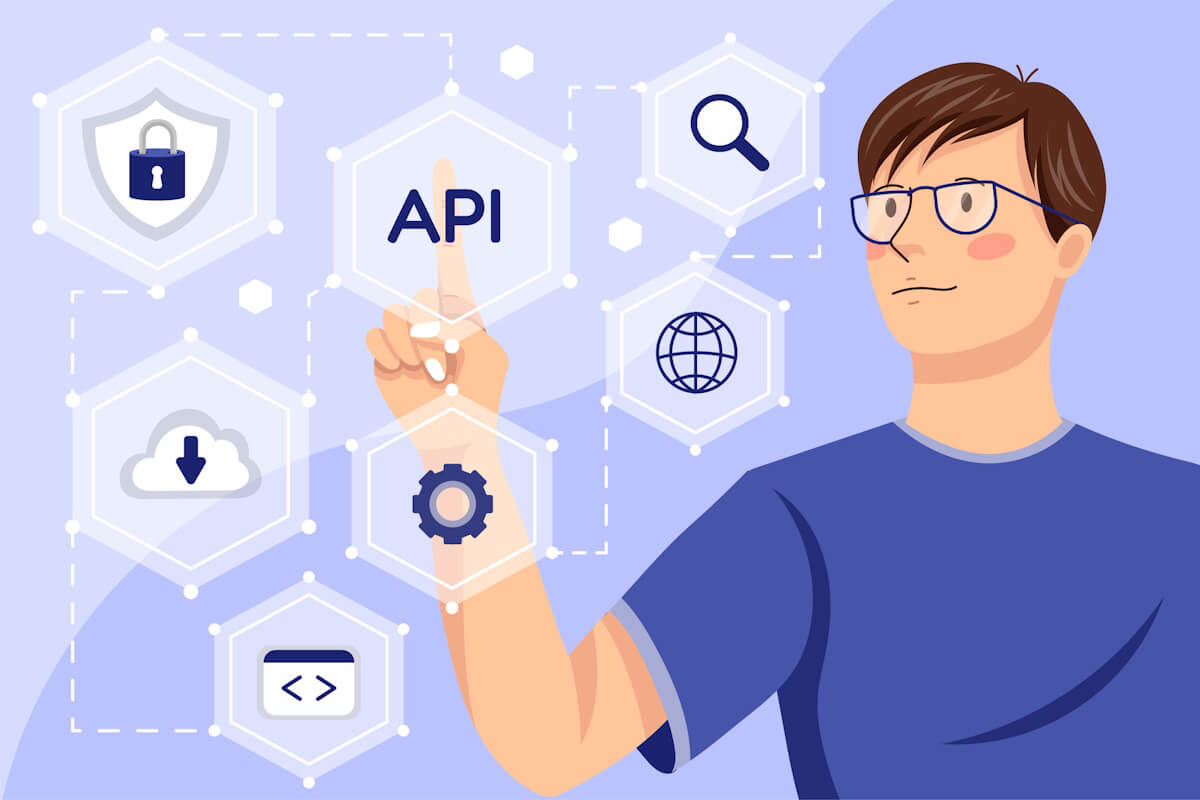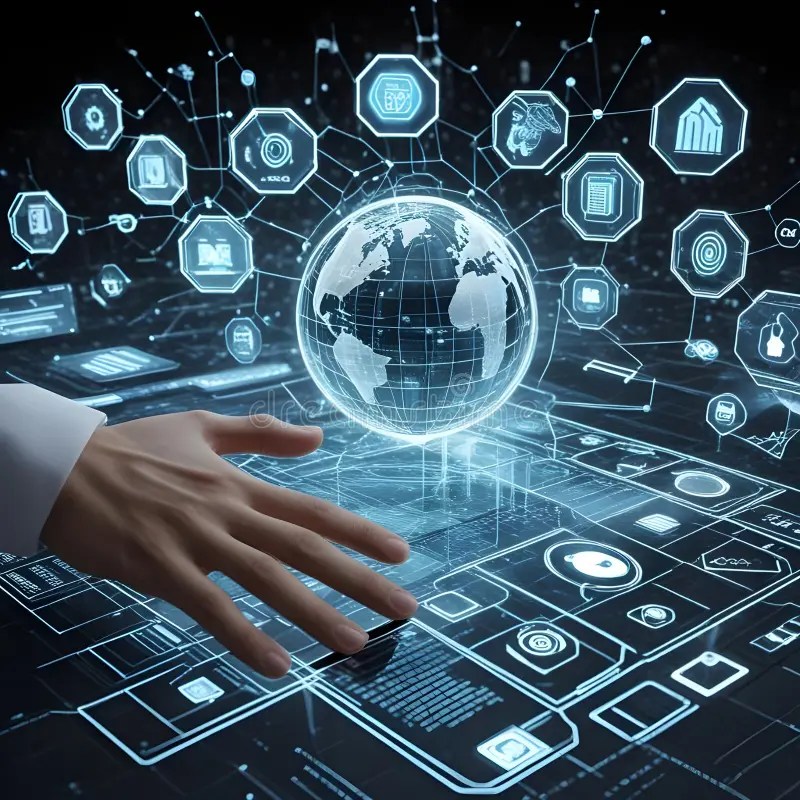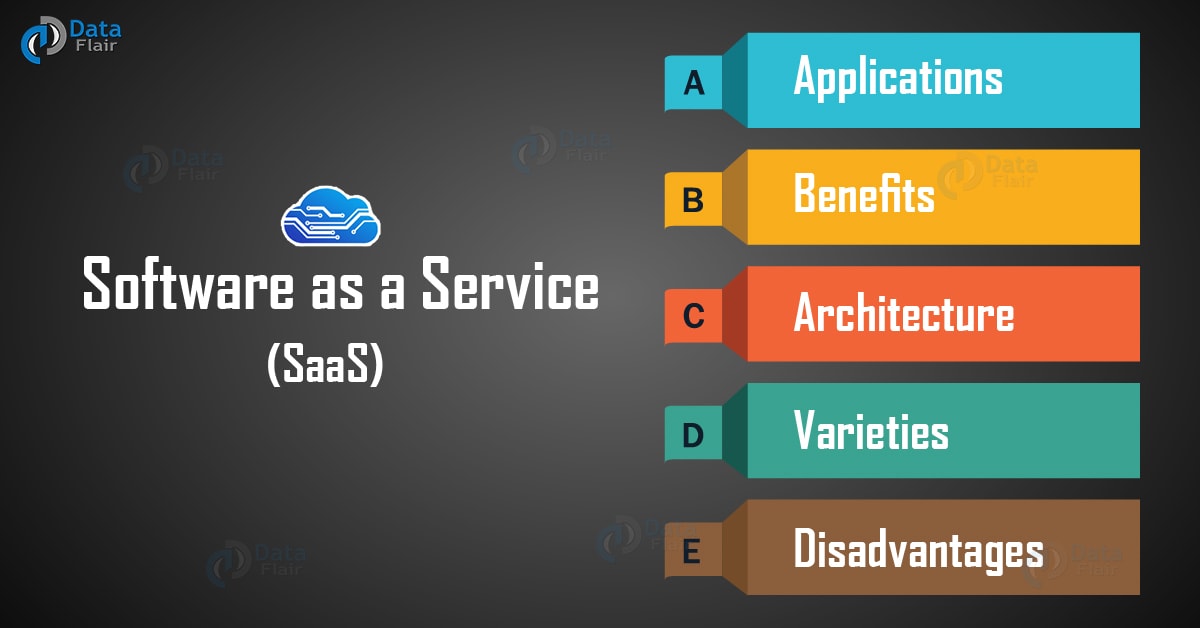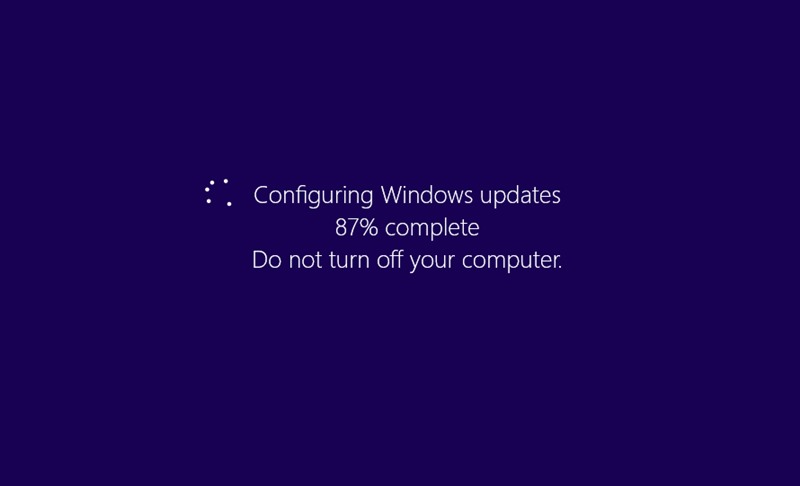Customization Revolution: 7 Powerful Ways It Transforms Your World
In today’s fast-paced digital era, customization isn’t just a luxury—it’s a necessity. From personalized shopping experiences to tailored software interfaces, customization empowers users, enhances satisfaction, and drives innovation across industries.
What Is Customization and Why It Matters

Customization refers to the process of modifying products, services, or experiences to meet individual preferences or specific needs. Unlike standardization, which aims for uniformity, customization embraces diversity and personal touch. This shift reflects a broader cultural and technological evolution where consumers demand more control and relevance in what they use and consume.
The Evolution of Customization Through History
Long before mass production, customization was the norm. In pre-industrial societies, artisans crafted goods by hand, tailoring each item to the customer’s specifications. Whether it was a blacksmith forging a sword or a tailor sewing a dress, personalization was inherent in craftsmanship.
The Industrial Revolution changed this. With the rise of assembly lines and economies of scale, standardization became dominant. Henry Ford famously said, “You can have any color as long as it’s black,” reflecting the era’s focus on efficiency over individuality.
However, the late 20th and early 21st centuries have seen a resurgence of customization, fueled by digital technology. Now, we’re witnessing a hybrid model—mass customization—where businesses deliver personalized products at scale. Companies like Nike and Dell pioneered this approach, allowing customers to design their own shoes or computers online.
Customization vs. Personalization: Understanding the Difference
While often used interchangeably, customization and personalization are distinct concepts. Customization is user-driven: the individual actively makes choices to tailor a product or service. For example, choosing the color, features, and engraving on a smartphone is customization.
Personalization, on the other hand, is system-driven. Algorithms analyze user behavior and automatically adjust content or recommendations. Think of Netflix suggesting movies based on your viewing history or Spotify curating a ‘Discover Weekly’ playlist.
Both are powerful, but customization gives users more control, while personalization relies on data intelligence. The most effective digital experiences often combine both. For instance, Amazon lets you customize your homepage layout (customization) while also showing personalized product recommendations (personalization).
“The future of business is not mass production, but mass customization.” – Peter Drucker
Customization in Technology and Software
Technology has become one of the most fertile grounds for customization. From operating systems to mobile apps, users now expect the ability to tweak interfaces, workflows, and functionalities to suit their unique needs.
User Interface and Experience Customization
Modern software platforms prioritize user experience (UX), and customization is a key component. Operating systems like Windows and macOS allow users to change themes, wallpapers, fonts, and even system sounds. Mobile devices take this further with widgets, app layouts, and dark mode options.
Productivity tools like Notion and Trello offer deep customization. Users can create custom dashboards, databases, and workflows. This flexibility makes these tools adaptable for everything from personal task management to enterprise project tracking.
According to a Nielsen Norman Group study, customizable interfaces increase user satisfaction and efficiency by reducing cognitive load and aligning with individual work styles.
Customization in Software Development
For developers, customization is both a challenge and an opportunity. Open-source platforms like WordPress and Linux thrive on customization. Developers can modify source code, add plugins, and create entirely new applications based on existing frameworks.
Application Programming Interfaces (APIs) are crucial enablers of software customization. They allow different systems to communicate and integrate, enabling businesses to build custom solutions. For example, a company can use the Google Maps API to embed customized maps into their delivery tracking system.
Low-code and no-code platforms like Bubble and Zapier have democratized software customization. Now, non-technical users can build custom workflows and applications without writing a single line of code, accelerating digital transformation across industries.
Customization in E-Commerce and Retail
The retail landscape has been transformed by customization. Consumers no longer want generic products—they want items that reflect their identity, style, and values. E-commerce platforms are responding with innovative tools and services.
Product Customization in Online Stores
Brands like Nike, Adidas, and Converse offer online design studios where customers can customize shoes with colors, materials, and even personal messages. This not only increases customer engagement but also reduces return rates, as users are more satisfied with products they helped design.
Print-on-demand services like Printful and Teespring allow entrepreneurs to sell customized apparel, mugs, and accessories without holding inventory. This model lowers entry barriers for small businesses and fosters creativity.
A McKinsey report found that companies leveraging personalization and customization can see a 10–15% increase in revenue and a 20% improvement in marketing efficiency.
Customized Shopping Experiences
Beyond products, retailers are customizing the entire shopping journey. AI-powered chatbots recommend products based on past purchases. Websites adapt layouts and content based on user behavior. Some platforms even offer virtual try-ons using augmented reality (AR).
For example, Sephora’s Virtual Artist app lets users try on makeup digitally, customizing shades and styles in real time. This blend of customization and technology enhances confidence in online purchases and reduces hesitation.
Subscription boxes like Stitch Fix and FabFitFun take customization further by curating monthly deliveries based on style profiles, feedback, and preferences. This model turns shopping into a personalized discovery experience.
Customization in Marketing and Customer Engagement
Marketing has evolved from one-size-fits-all campaigns to hyper-targeted, customized strategies. Brands that leverage customization build stronger relationships, increase loyalty, and improve conversion rates.
Personalized Email and Content Marketing
Email marketing platforms like Mailchimp and HubSpot enable businesses to segment audiences and send customized messages. Instead of blasting the same email to everyone, companies can tailor subject lines, content, and offers based on user demographics, behavior, and preferences.
Dynamic content blocks allow emails to change based on the recipient. For instance, a travel company might show beach destinations to users in cold climates and mountain resorts to those in warmer regions.
Studies show that personalized emails deliver 6x higher transaction rates than generic ones. According to Campaign Monitor, 74% of marketers say targeted personalization increases customer engagement.
Customized Advertising Campaigns
Digital advertising platforms like Google Ads and Facebook Ads use data to deliver customized ads. Retargeting shows users products they’ve previously viewed. Lookalike audiences help brands reach new customers with similar traits to their best existing ones.
Dynamic Product Ads (DPAs) automatically show users the exact items they browsed on a website, often with personalized discounts or urgency messages. This level of customization significantly boosts click-through and conversion rates.
However, customization in advertising must balance relevance with privacy. With increasing regulations like GDPR and CCPA, brands must be transparent about data use and give users control over their information.
Customization in Education and Learning
Education is no longer a one-size-fits-all model. Customization is revolutionizing how students learn, allowing for personalized pacing, content, and assessment methods.
Adaptive Learning Platforms
Platforms like Khan Academy, Coursera, and Duolingo use algorithms to customize learning paths. If a student struggles with a math concept, the system provides additional practice and alternative explanations. If they excel, it advances them to more challenging material.
This adaptive approach ensures that no student is left behind or held back. It also increases engagement by making learning feel relevant and achievable.
Research from the George Lucas Educational Foundation shows that personalized learning environments improve academic outcomes and student motivation.
Customized Curriculum and Learning Styles
Educators are increasingly recognizing that students have different learning styles—visual, auditory, kinesthetic, etc. Customization allows teachers to deliver content in multiple formats to accommodate these differences.
For example, a history lesson might include a video lecture for visual learners, a podcast for auditory learners, and a role-playing activity for kinesthetic learners. Learning management systems (LMS) like Canvas and Moodle support this by allowing instructors to upload diverse materials and track individual progress.
In higher education, some universities offer customizable degree programs. Students can mix and match courses across disciplines, creating interdisciplinary majors that reflect their unique interests and career goals.
Customization in Healthcare and Wellness
Healthcare is embracing customization to improve outcomes, enhance patient experience, and reduce costs. From personalized medicine to wearable tech, the industry is shifting toward individualized care.
Personalized Medicine and Genomics
Advances in genomics have made it possible to tailor medical treatments based on a person’s genetic makeup. For example, certain cancer therapies are now designed to target specific genetic mutations, increasing effectiveness and reducing side effects.
Companies like 23andMe and AncestryHealth offer genetic testing that provides insights into disease risk, medication response, and nutritional needs. While not diagnostic, these tools empower individuals to make informed health decisions.
The National Institutes of Health (NIH) states that precision medicine—a form of customization—has the potential to transform healthcare by making it more predictive, preventive, and personalized.
Customized Fitness and Wellness Plans
Fitness apps like MyFitnessPal, Fitbit, and Whoop use data from wearables to create customized workout and nutrition plans. These platforms track heart rate, sleep, activity levels, and calories, then adjust recommendations accordingly.
AI-powered coaching apps go further by providing real-time feedback and motivational messages. For instance, a running app might adjust your pace based on weather, fatigue levels, and training goals.
Customization in wellness also extends to mental health. Apps like Headspace and Calm offer personalized meditation sessions based on mood, stress levels, and user preferences, making mindfulness more accessible and effective.
The Challenges and Risks of Customization
While customization offers immense benefits, it’s not without challenges. Businesses and individuals must navigate complexity, cost, privacy concerns, and the risk of over-personalization.
Complexity and Implementation Costs
Offering customization often requires significant investment in technology, infrastructure, and training. For example, a manufacturer adding a product configurator to its website must integrate it with inventory, pricing, and production systems.
Small businesses may struggle with the upfront costs. Customization can also slow down production and increase error rates if not managed properly. The key is to find the right balance between flexibility and efficiency.
Data Privacy and Security Risks
Customization relies heavily on data collection. The more personalized the experience, the more data is needed. This raises concerns about privacy, consent, and data security.
High-profile data breaches have made consumers wary. A Pew Research study found that 79% of Americans are concerned about how companies use their data.
Businesses must comply with regulations like GDPR and CCPA, implement strong cybersecurity measures, and be transparent about data usage to maintain trust.
The Paradox of Choice
Psychologist Barry Schwartz coined the term “paradox of choice” to describe how too many options can lead to anxiety, decision fatigue, and dissatisfaction. In customization, this manifests when users are overwhelmed by too many choices.
For example, a product configurator with dozens of color, material, and feature options might frustrate rather than delight customers. The solution is to guide users with smart defaults, recommendations, and progressive disclosure—revealing options step by step.
The Future of Customization: Trends and Predictions
Customization is not a passing trend—it’s a fundamental shift in how we interact with products, services, and information. As technology advances, we can expect even deeper levels of personalization and user control.
AI and Machine Learning Driving Smarter Customization
Artificial intelligence will play a central role in the future of customization. AI can analyze vast amounts of data to predict user preferences and automate personalization at scale.
For example, AI-powered virtual assistants could proactively adjust your smart home settings, schedule appointments, and recommend content based on your habits and mood. In retail, AI could design custom products from scratch based on your style preferences.
Companies like Google and Amazon are already investing heavily in AI-driven customization, and the trend will only accelerate.
3D Printing and On-Demand Manufacturing
3D printing is revolutionizing customization in manufacturing. It allows for the production of one-off, highly customized items at relatively low cost. From custom prosthetics to personalized jewelry, 3D printing makes mass customization economically viable.
Companies like Carbon and Formlabs are pushing the boundaries of what’s possible. In the future, consumers might download a digital model of a product, customize it on their computer, and print it at home or a local fabrication lab.
Customization in the Metaverse and Virtual Worlds
As virtual reality (VR) and the metaverse evolve, customization will be central to digital identity. Users will want to personalize their avatars, virtual homes, and digital assets.
Platforms like Roblox and Fortnite already allow extensive customization of avatars and environments. In the future, blockchain and NFTs could enable ownership and trading of customized digital items across virtual worlds.
This opens new opportunities for creators, brands, and marketers to engage users in immersive, personalized experiences.
What is the difference between customization and personalization?
Customization is user-driven—individuals actively make choices to tailor a product or service. Personalization is system-driven, where algorithms automatically adjust content based on user data. For example, choosing your phone’s wallpaper is customization; getting Netflix recommendations is personalization.
How does customization benefit businesses?
Customization increases customer satisfaction, loyalty, and conversion rates. It differentiates brands in competitive markets, reduces return rates, and enables premium pricing. It also provides valuable data on customer preferences, informing product development and marketing strategies.
Is customization always better than standardization?
Not always. While customization offers personal relevance, it can increase complexity, cost, and decision fatigue. Standardization ensures consistency, efficiency, and lower prices. The optimal approach often combines both—offering core standardized features with customizable options.
What are some examples of customization in everyday life?
Examples include choosing ringtone and wallpaper on your phone, designing custom sneakers on Nike.com, using a fitness app that adjusts workouts based on your progress, or receiving personalized news feeds on social media.
How can businesses implement customization effectively?
Businesses should start by understanding customer needs through data and feedback. They should invest in flexible technology platforms, ensure data privacy, and simplify the customization process. Offering guided choices, smart defaults, and real-time previews can enhance user experience and reduce friction.
Customization has evolved from a niche luxury to a mainstream expectation across industries. Whether in technology, retail, education, or healthcare, the ability to tailor experiences to individual needs is reshaping how we live, work, and interact. While challenges like cost, privacy, and complexity remain, the benefits of customization—increased satisfaction, engagement, and innovation—far outweigh the risks. As AI, 3D printing, and virtual worlds advance, the future of customization promises even greater personalization and user empowerment. The key for businesses and individuals alike is to embrace this shift thoughtfully, balancing personalization with privacy, choice with simplicity, and innovation with responsibility.
Further Reading:
